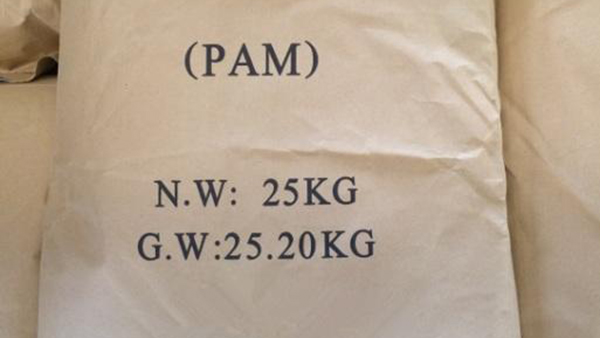Modifying Expectations: Novel Urethane Modifiers Outperform
Traditional dibenzoate B¡ªcommon plasticizer for 2K PU systems with a moderate OH level Traditional dibenzoate C¡ªcommon plasticizer with a moderate OH level The modifiers and plasticizers were screened in two common polyurethane systems: (1) a generic 2-K thermoplastic formulation based on a polyester polyol and MDI, and (2) a room
Benzoflex? 9-88 SG, Eastman - ChemPoint,Benzoflex? 9-88 SG is a non-phthalate plasticizer for cast urethane applications. This grade is a dipropylene glycol dibenzoate that offers lower cure interference and reduced loading rate as a plasticizer in polyurethane systems. Fulfilled By ChemPoint. Manufacturer: Eastman.
Ecod Specialties (Wuhan) Co.,Ltd. on LinkedIn: Visit our
Visit our factory online! A professional manufacturer of benzoate based plasticizer DPGDB DEGDB in China! 1). Dipropylene Glycol Dibenzoate(DPGDB),CAS:27138-31-4,Ecod-flex 342/342S 2).
Diethylene Glycol DEG, CAS No 111-46-6 manufacturer price
Diethylene Glycol DEG, CAS No 111-46-6, C4H10O3 is a chemical intermediate used for production of unsaturated polyester resins (UPR), plasticizers, acrylate. Get best price from manufacturers, suppliers and exporters of >99% pure Diethylene Glycol DEG.
Substance Information
Information on applicable regulatory frameworks is also automatically generated and may not be complete or up to date. It is the responsibility of the substance manufacturers and importers to consult official publications, e.g. the electronic edition of the Official Journal of the European Union.
What is benzoate plasticizer DPGDB DEGDB,Diethylene Glycol Dibenzoate(DEGDB),CAS:120-55-8,Ecod-flex CA314 for textile leveling agent&repairing&dyeing agent. Apr 23, 2023
Dibenzoate Plasticizer
China Dibenzoate Plasticizer wholesale - Select 2024 high quality Dibenzoate Plasticizer products in best price from certified Chinese Plasticizer manufacturers, Plastic Plasticizer suppliers, wholesalers and factory on Made-in-China.com
Plasticizers: Types, Uses, Classification, Selection & Regulation,Most common plasticiser chemistries include citrates, benzoates, ortho-phthalates, terephthalates, adipates, azelates, sebacates, and trimellitates. Plasticizers are the most common additives used in the plastics industry. But, selecting the right plasticizer for an application has always been a daunting task.

Polyacrylamide degradation and its implications in environmental
High MW anionic PAM is also the most commonly applied polymer in enhanced oil recovery applications; the use of surfactant-polymer flooding can increase oil recovery by 5¨C30% 14 and in some...
Get Price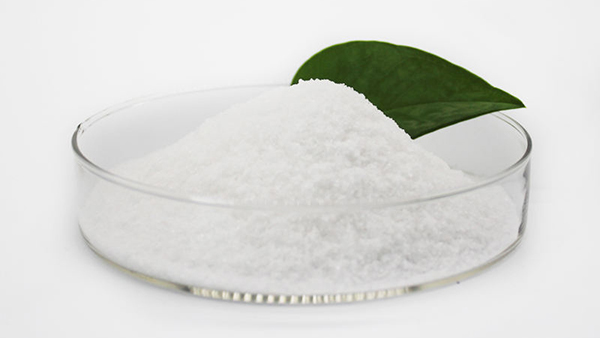
Variations in the molecular weight response of anionic polyacrylamides
For flocculants based on a polyacrylamide (PAM) backbone, it is generally stated that increasing MW will lead to improved adsorption and settling performance ( Caskey and Primus, 1986, Clark et al., 1990, Petzold and Herrington, 1990 ), although this can be affected by many other factors.
Get Price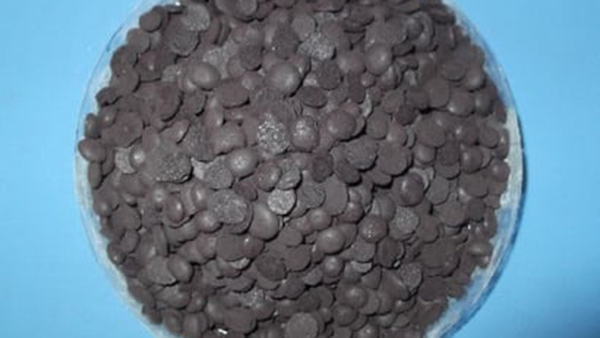
Flocculating oil sands tailings with dual anionic/cationic polymers
[6, 7] Anionic polyacrylamide (PAM) is the most common flocculant for MFT, but when used alone it cannot recover much of the water trapped in the thick MFT slurry. [1, 8, 9] Even though modified PAMs and other new polymer flocculants have been used to improve MFT dewatering, they often need high doses, which limits their scale up. [6-8]
Get Price
Best Practices Guidance for the Use of Anionic Polyacrylamide on
PAM aids solid-liquid separation by causing suspended particles to bind and form larger aggregates. The process is known as polymer bridging. One of the most common polymer flocculants on the market. Common uses of PAM as a flocculant: reduction of sediment and nutrient loads to natural lakes and ponds.
Get Price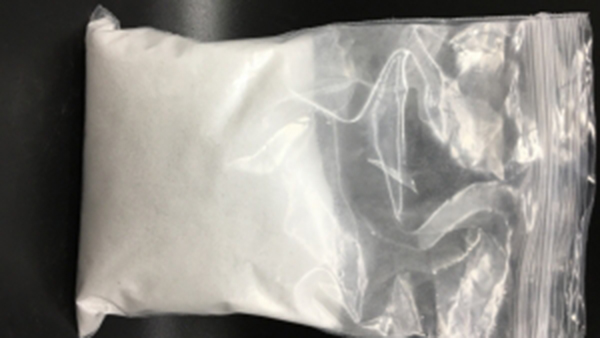
Fabricating an anionic polyacrylamide (APAM) with an anionic block
Flocculation experimental results demonstrated that the anionic microblocks in the template copolymer could enhance the charge neutralization and bridging ability, and therefore an excellent flocculation performance of treating high turbidity water was observed. 1. Introduction
Get Price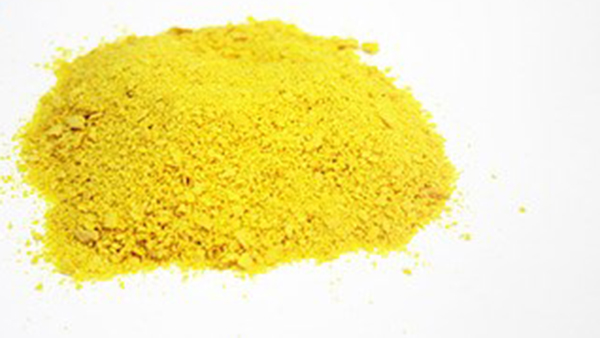
A comparison study between bioflocculants and PAM for dewatering of
Results highlighted that PAM had the highest flocculation activity in low dosages (0.05 and 0.1 wt%) while in dosages above 0.25 wt%, cationic biopolymers; protamine, and lysozyme for kaolinite and anionic pectin for serpentine showed a higher performance than the other polymers.
Get Price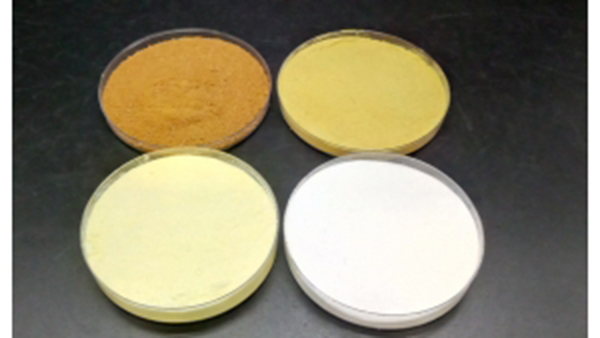
Water Soluble Polymer Flocculants: Synthesis, Characterization,
Alagha et al. investigated the adsorption characteristics of polyacrylamide (PAM)-based polymers on anisotropic basal planes of kaolinite using QCM-D. 182 They first deposited the kaolinite nanoparticles on QCM-D sensor and flowed 500 ppm of Al(OH) 3-PAM flocculant over the sensor at a flow rate of 0.15 mL min ?1.
Get Price
ODPLGH
anionic PAM can be used for flocculation. When flocculated with cationic PAM, the absolute value of the surface potential of the particles decreased, and the electrostatic adsorption between cations and tailings was the main way to produce loose flocs; when flocculated with anionic PAM, there was no
Get Price
Flocculation of both anionic and cationic dyes in aqueous solutions by
1. Introduction Due to the development of modern society, textile industry has become one of the major polluters of water [1]. As the main pollutants in textile wastewaters, dyes are not only esthetically unwelcome, but also engender annoyance to the aquatic biosphere [2], [3].
Get Price